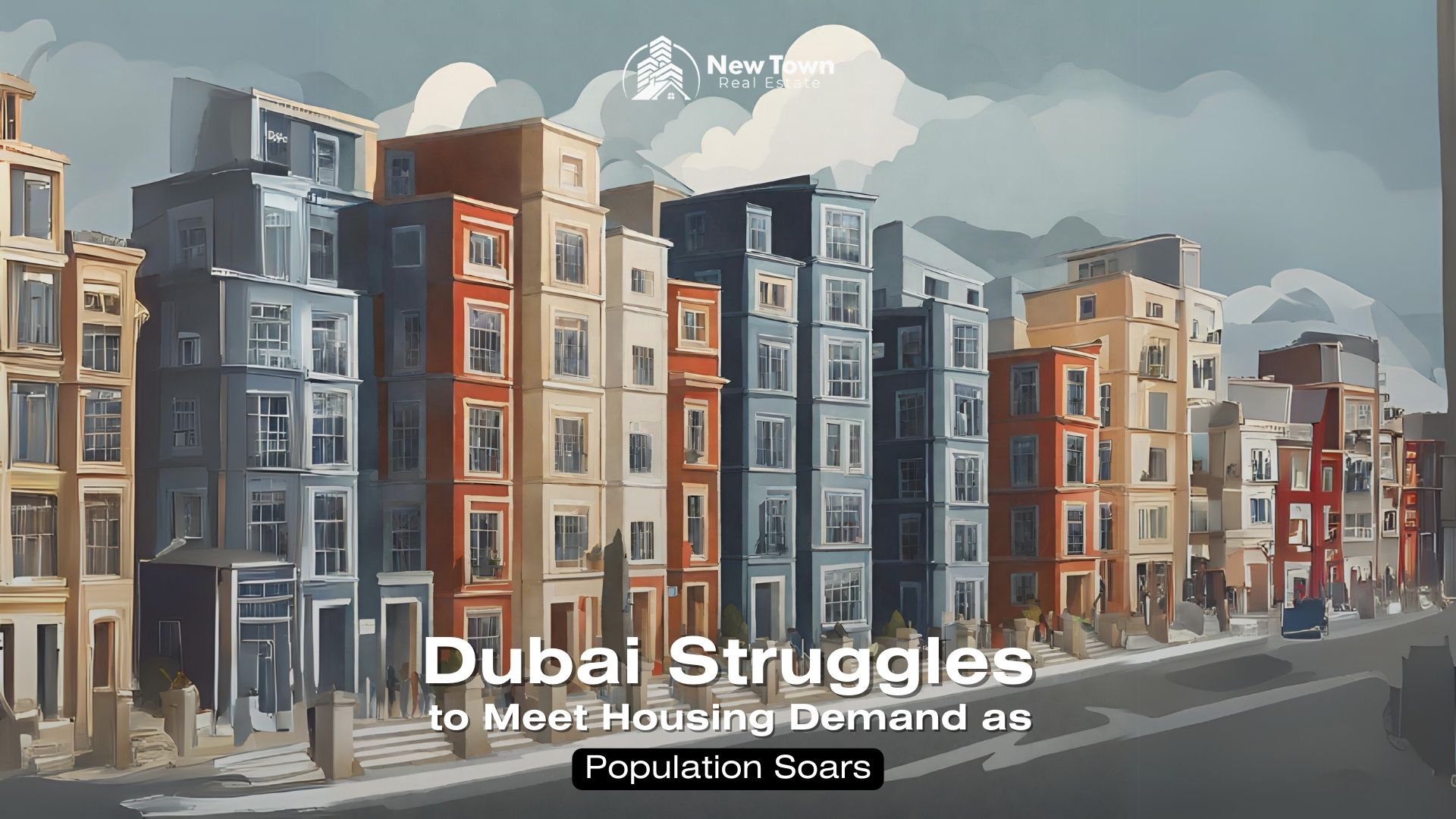Dubai Struggles to Meet Housing Demand as Population Soars
About Dubai Housing Demand
Dubai, a city synonymous with opulence and modernity, is grappling with a formidable challenge—its soaring population is outpacing the availability of housing. As we look ahead to 2024, the housing supply in Dubai is expected to fall short, primarily driven by the escalating rental costs that are compelling both residents and foreigners to opt for property ownership.
In the preceding year, 2023, Dubai witnessed the delivery of an impressive 50,000 new residential units. However, the city’s population surged by over 100,000 individuals, reaching a staggering 3.65 million by mid-December. The magnetic pull for foreign professionals and investors, lured by promising returns and a variety of residency permits, stands as the chief catalyst for this remarkable growth.
A detailed analysis from the Dubai Land Department lays bares the extent of the challenge, revealing a substantial 33.8% surge in property transactions. The total transactions amounted to a whopping 116,116, with a cumulative value of Dh429 billion over a nine-month period. The scarcity of land for development in key areas, including villas, waterfront properties, and mature communities, is exacerbating the situation, resulting in unprecedented price hikes.
The conundrum extends to the type of homes in demand. There has been a notable shortage of larger homes in coveted locations, particularly pronounced in the first half of the year. Recent trends indicate a shift in preference towards more affordable areas, such as Business Bay, The Greens, Jumeirah Village, Dubai Production City, Dubai Silicon Oasis, and Discovery Gardens.
Meeting the burgeoning demand necessitates a 50% increase in the annual influx of new properties into the market. However, a shortage of available land has led to a strategic shift, with most new projects concentrating on emerging suburbs like Dubai South, Jumeirah Village Circle (JVC), Arjan, and Townsquare.
The process of delivering new residential properties is intricate, involving stages such as planning, financing, construction, and handover. Compounding the challenge are obstacles like supply chain disruptions and escalating construction costs, exacerbated by the aftermath of the Covid-19 pandemic. These issues have contributed to delays in property handovers, further intensifying the strain on the market.
Despite concerted efforts by developers, who released an impressive 100,000 new off-plan units in 2023, the impact won’t be felt until 2025-2027. Consequently, the undersupply of residential properties is anticipated to persist for the next 24-36 months, creating a looming housing shortage.
The scarcity is particularly pronounced in the luxury property segment, where prime locations are grappling with a dearth of available land for new projects. Even established premium residential communities like Jumeirah Golf Estates and Arabian Ranches, where land is at a premium, are feeling the squeeze. This shortage is further exacerbated by short-term socioeconomic factors and the overarching influence of Dubai’s 2040 master plan, which continues to shape the city’s real estate dynamics.
In conclusion, Dubai’s housing challenge is multifaceted, reflecting the complexities of managing a thriving metropolis experiencing unprecedented growth. The interplay of factors, from foreign investments and rising rental costs to strategic shifts in housing preferences, paints a nuanced picture of a city grappling to find equilibrium in its real estate landscape.




